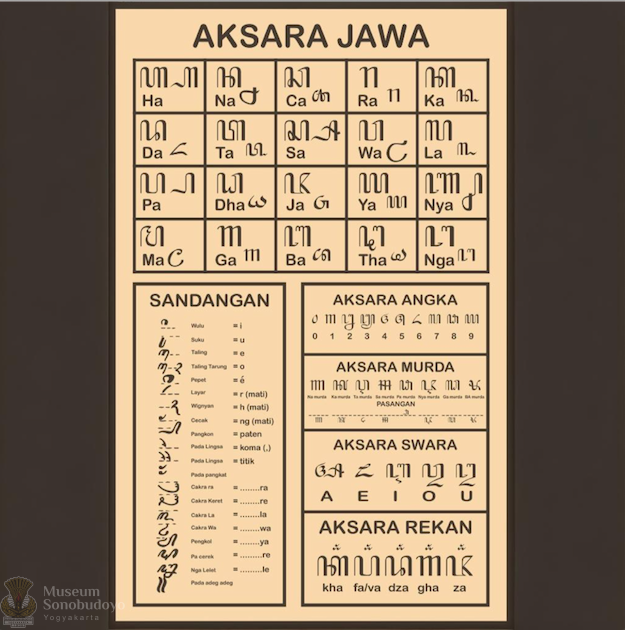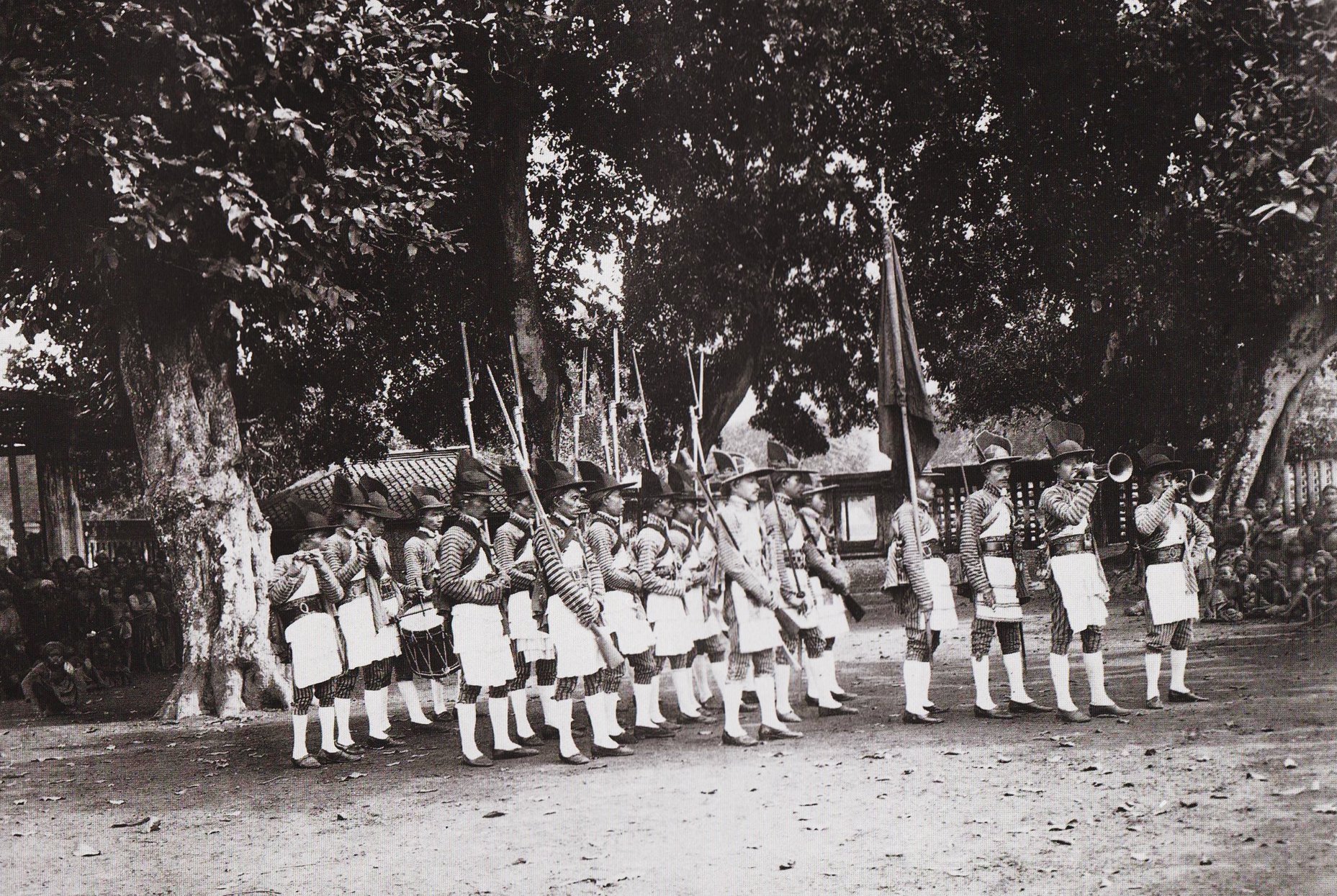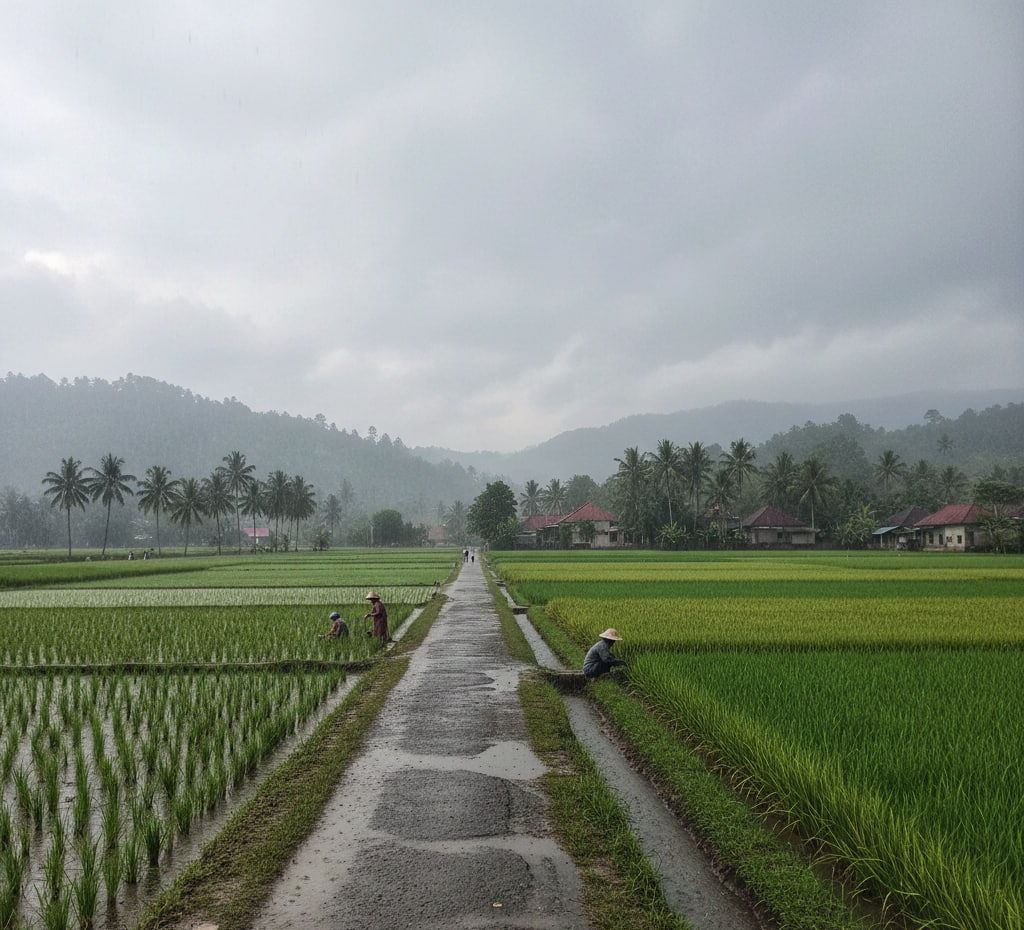News
Javanese Script and Written Tradition in the Archipelago: History and Its Significance
Since the Hindu-Buddhist era, written tradition has flourished across the Indonesian archipelago. With the introduction of script, people began documenting and preserving information in written form. This tradition is reflected in the creation of around a thousand manuscripts from that era, featuring various literary genres such as tutur (religious texts), castra (law texts), wiracarita (heroic tales), and other texts containing moral, historical, and religious teachings.
One of the prominent scripts from that period is the Javanese script, also known as Hanacaraka, Carakan, or Dentawyanjana. The Javanese script is a descendant of the Brahmi script from India, which then evolved into the Pallava script in South and Southeast Asia between the 6th and 8th centuries. This Pallava script was later adapted locally and became Kawi script during the Hindu-Buddhist period in Indonesia around the 8th to 15th centuries. The Kawi script served as the precursor to the Javanese script.
The Evolution of Javanese Script Under Cultural Influence
The development of this script did not occur in isolation, as it was influenced by the cultural and religious influx into the archipelago. Kawi script transitioned into Javanese script between the 14th and 15th centuries, coinciding with the arrival of Islamic influence in Java. The Javanese script subsequently became a tool for daily communication in Java, especially from the 15th century until the early 20th century.
The Legend of Aji Saka in the Serat Aji Saka Manuscript
The history of the Javanese script is also closely tied to the story of Aji Saka, as depicted in Serat Aji Saka, an anonymous manuscript that narrates the origins of this script. In the tale, Aji Saka instructs his two followers, Sembada and Dora, to guard a sacred heirloom dagger and jewelry on Majeti Island. However, the two later engage in a dispute due to their unwavering loyalty to Aji Saka’s orders, leading to their tragic demise.
Upon learning of Sembada and Dora’s death, Aji Saka then created the Sastra Sarimbangan, also known as Sastra Dua Puluh (The Twenty Letters). This writing system consists of four sequences of five letters each:
- Ha-na-ca-ra-ka
- Da-ta-sa-wa-la
- Pa-dha-ja-ya-nya
- Ma-ga-ba-tha-nga
This story imparts a deep philosophy to the Javanese script, which serves not only as a means of writing but also embodies values of loyalty, sacrifice, and other noble virtues.
The Importance of Preserving the Javanese Script
As one of Indonesia's traditional scripts, preserving the Javanese script is essential to maintaining Indonesia’s cultural identity. By understanding its history and meaning, younger generations can develop a greater appreciation for and commitment to preserving this cultural heritage. Today, various efforts are underway to safeguard the Javanese script, including its teaching in schools, the publication of books, and training in Javanese script writing through community initiatives.
Conclusion
The Javanese script is a vital part of Indonesia's rich cultural heritage, deeply rooted in history. The written tradition that has thrived since the Hindu-Buddhist era serves as a witness to Indonesia’s cultural journey, worthy of appreciation and preservation. Through the Javanese script, we not only learn the art of writing but also understand the philosophies and stories embedded within it.



